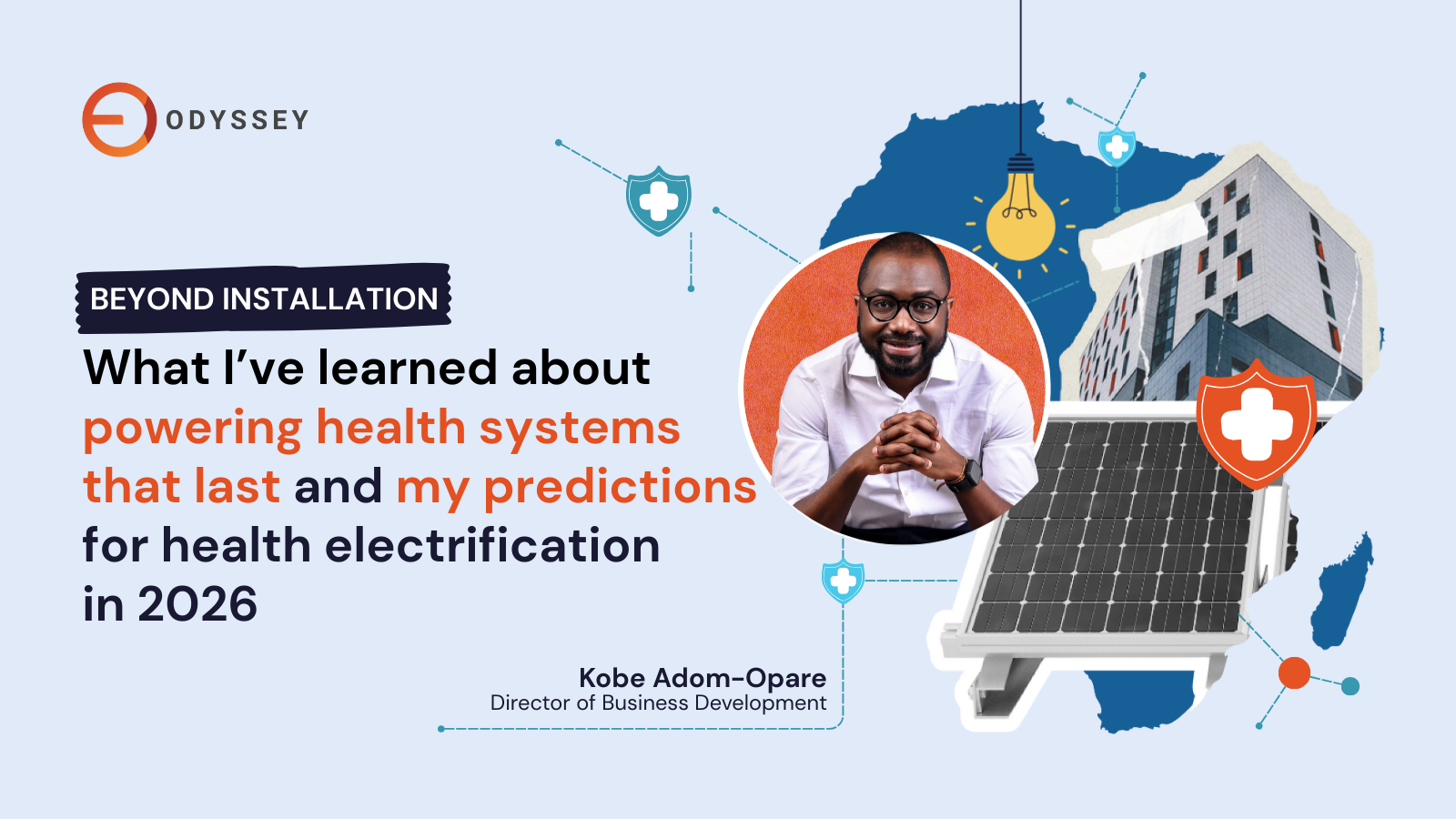Odyssey asset management gives solar financiers and asset owners real-time insights on financial and technical performance of their assets. Over the years of working with all types of solar financiers, here’s a snapshot of some of the key metrics that matter the most. Let's dive in.
Performance ratio: planned PV vs. actual PV generation
Live sites
Performance ratio is a crucial metric that assesses the efficiency and overall performance of solar PV systems. It is a quantitative indicator that gauges the actual energy output of a solar plant in comparison to its theoretical or expected output under optimal conditions.
Financiers are especially attuned to this metric because it will ultimately determine how the asset will perform financially compared to the performance modeled before the investment was made.
Project load factor / capacity factor
Project modeling and live sites
A related metric to performance ratio is Project Load Factor or Capacity Factor which determines the estimated production based on a maximum of 8,760 hours in a year. Typical solar installations range from 10-25%, with wide variation depending on geography and technical configuration.
Energy matrix
Project modeling and Live sites
Especially relevant for impact-oriented financiers like DFIs which have limitations around the percentage of fossil fuels in a project that they fund, this metric takes live data from inverters to determine the source of energy consumption (i.e. solar, grid, diesel back-up). Ideally, with battery storage, the percentage from grid and diesel back-up would be considerably lower, so it’s important to compare like projects from a regional and technical configuration perspective.
Annual revenue and operating margin
Live sites
Of course financiers want a pulse on revenue generated from solar assets. Depending on who the asset is serving, this revenue could come from residential users, businesses, even municipalities. The important thing is that valid payment data is tracked and accessible. Financiers are also keen to assess revenues according to the credit profile of the offtake. For example, a AAA-rated long-term corporate PPA offers far more secure revenues than a PPA from a sub-investment grade or unrated offtaker, which would be tracked separately altogether from merchant, or uncontracted, revenues.
CapEx per Wp
Project modeling
Formulated during project design, financiers evaluate the cost of the project to determine potential economic viability and to ensure that any upfront margin earned by an EPC/installer is in line with market standards. This metric varies slightly by region due to: i) FX; ii) cost of shipment; iii) volumes; etc. In addition, it is important to compare systems with similar technical features (e.g. rooftop vs. ground-mount installations will have different costs; in addition, battery storage can highly increase this metric but would also lead to higher revenue potential to defray the up-front cost and of course greater resiliency for the customer).
Opex per Wp
Project modeling
Similar to the CapEx per Wp, this is an important metric to assess project viability when comparing projects apples to apples. Both region and project type will cause variation due to a) cost of labor in one country vs. another; b) complexity of system; and c) economies of scale (i.e. larger projects may have a smaller OpEx per Wp).
Utility Tariff Rate
Project modeling
A utility tariff governs how an energy provider (electric or natural gas) charges the customer for their energy
Effective Tariff
Project modeling
This is the blended tariff charged to consumer for the combined package of solar, storage, grid connection, and diesel back-up to the extent some or all are being employed.
Project IRR
Project modeling
The Project IRR is the key figure that provides information on the project-specific return. This figure does not take the financing structure into account and purely captures the economic fundamentals of the project based on a defined time period, usually limited by the contracted period or useful asset life. Sometimes financiers view this metric “pre-tax” to showcase assets on an apples-to-apples basis, noting that financing structure would impact taxes which flow into cash flow from operations.
Equity IRR
Project modeling
In contrast to the Project IRR, the Equity IRR takes into account financial structure. When financing projects with the addition of debt capital, sponsors can often increase equity returns (assuming a cost of debt that is lower than the unlevered/project IRR). This metric is shown post-tax.
Debt Service Coverage Ratio
Project modeling
“DSCR” is used as both a debt sizing tool and as a financial covenant metric in debt financings. The classic definition is Net Income + Depreciation/Amortization + Interest + other non-cash items (i.e. EBITDA less tax) divided by periodic debt service (principal + interest). This can be tracked for covenants on a trailing or historical basis (i.e. the debt service for the same period as the cash flows available for debt service) OR on a forward basis (i.e. cash flow available for debt service in period 1 over debt service in period 2). When used for debt sizing, the financier will often sculpt cash flows to ensure a minimum DSCR is met (i.e. anywhere from 1.2 to 1.7x depending on nature of cash flows and debt tenor). Taking into account the minimum DSCR and the maximum debt tenor (both pre-defined), the financier can determine the amount of debt to provide to the project. This amount is often also constrained by a maximum Debt-to-equity ratio. Meanwhile, the period DSCR is tracked based on revenues from the live sites and fed into the model for the complete calculation.
What KPIs do you track? Let us know on LinkedIn.
.png)

.png)
%20(Couverture%20de%20page%20hub%20d%E2%80%99e%CC%81ve%CC%81nements%20Zoom).png)